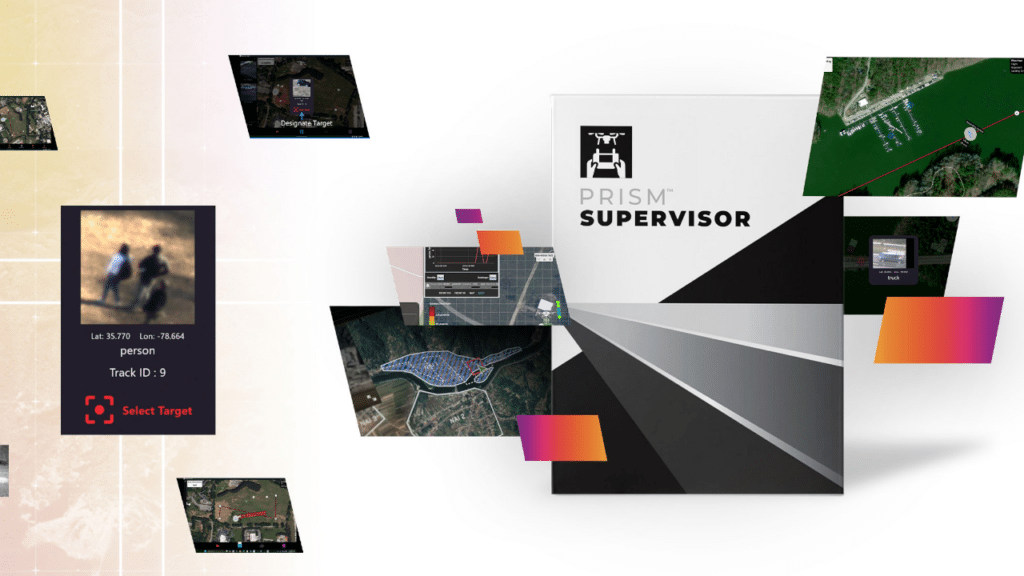Teledyne FLIR has announced the release of Prism Supervisor, the latest addition to its Prism embedded software ecosystem.
Prism Supervisor integrates drone autopilot flight control systems with real-time, AI-based observations at the edge to improve mission safety, efficiency, and performance, enhancing the capabilities of unmanned aircraft systems (UAS).
Prism Supervisor software empowers mission planners with a flexible programming framework and software development kit (SDK) to facilitate custom, intricate mission scenarios.
During flight, Prism Supervisor adapts its autopilot functionality in real-time, dynamically generating mission segments and flight plans on the fly, minimising operator impact while improving mission success.
For example, a Prism Supervisor-controlled UAV flying a search mission pattern can autonomously circle and alert the operator upon the detection of a human or threat.
“From behaviour and mission planning to dynamically adjusting in-flight operations, Prism Supervisor represents a significant advancement for drone autonomy through AI,” said Dan Walker, Vice President of Product Management, Teledyne FLIR. “It improves operational performance via single-click missions, opening up new possibilities for UAS operation from commercial to military use cases.”
FLIR states that the Prism Supervisor simplifies the operator experience with a user-friendly graphic user interface (GUI) for mission planning, real-time mission visualisation and execution.
Available for desktop or mobile deployment supporting Windows, Linux, macOS, iOS, and Android, the supervised mission management application streams and records detailed, full-frame-rate video, path visualisation, and metadata. It can facilitate collaborative behaviours and synchronised mission execution among multiple unmanned aerial vehicles (UAVs).
Prism Supervisor expands Teledyne FLIR’s Prism digital ecosystem of advanced AI and image processing. It provides a platform for deploying object detection, tracking, and computational imaging on low-power processors, enhancing UAS mission performance and reducing development costs.
To read more FLIR news, click here.





